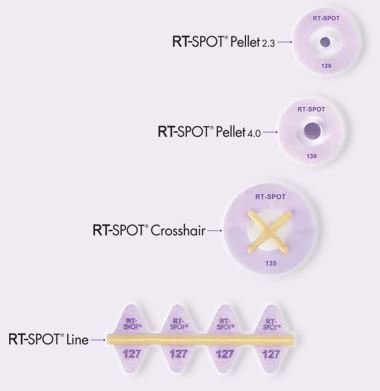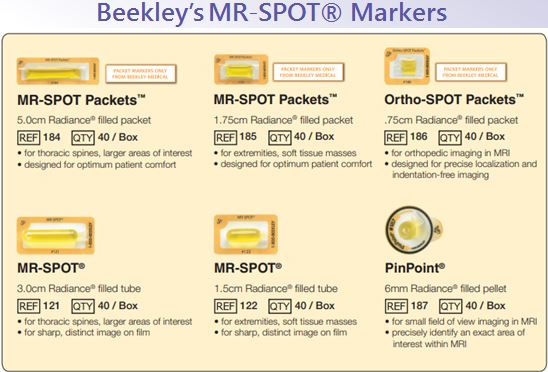Beekley Medical InkRight® Semi-Permanent Tattoos for Radiation therapy
■ Beekley Medical InkRight® Semi-Permanent Tattoos for Radiation Therapy
https://beekley.com/radiation-oncology/inkright-semi-permanent-tattoos
Offer a hygienic and efficient alternative to traditional marking methods in radiation therapy. The water-resistant dot and crosshair last up to two weeks, allowing for flexibility and convenience without the permanence of traditional tattoos.
Designed with Patient Comfort and Usability in Mind
Individually packaged InkRight semi-permanent tattoos help prevent cross-contamination and eliminate painful needle sticks or the need for sharpie marking set-up marks. The tattoo is visible upon application and darkens over time, staying visible for up to two weeks.





